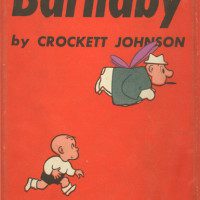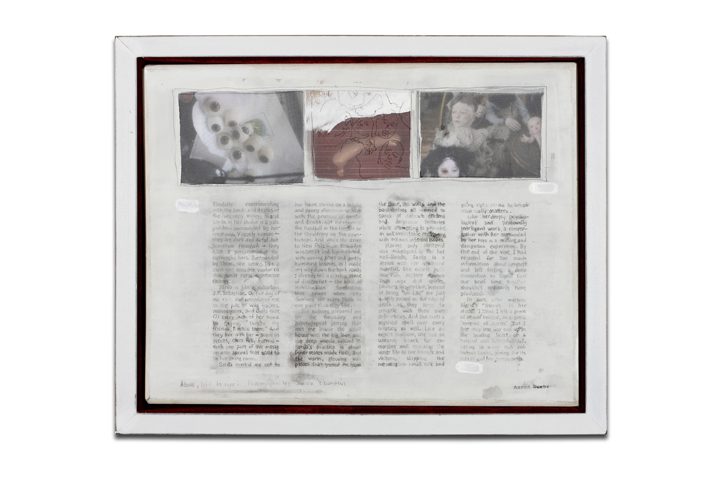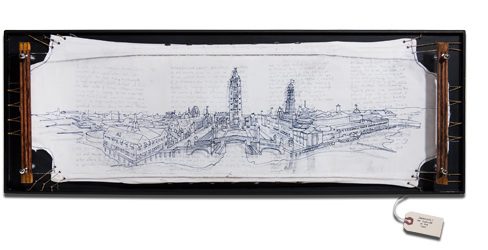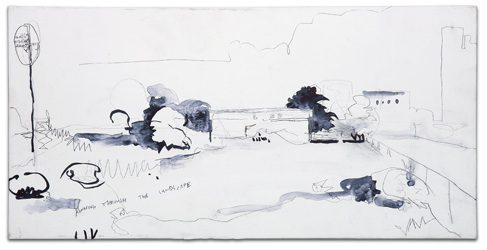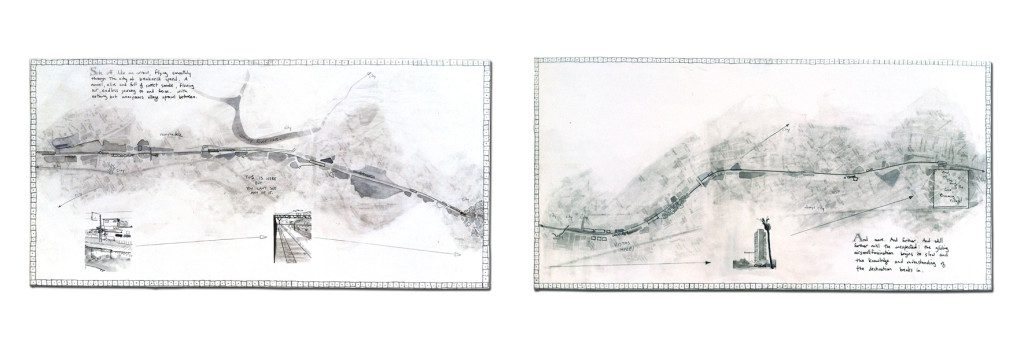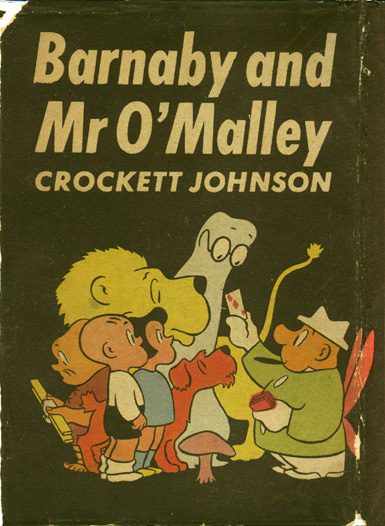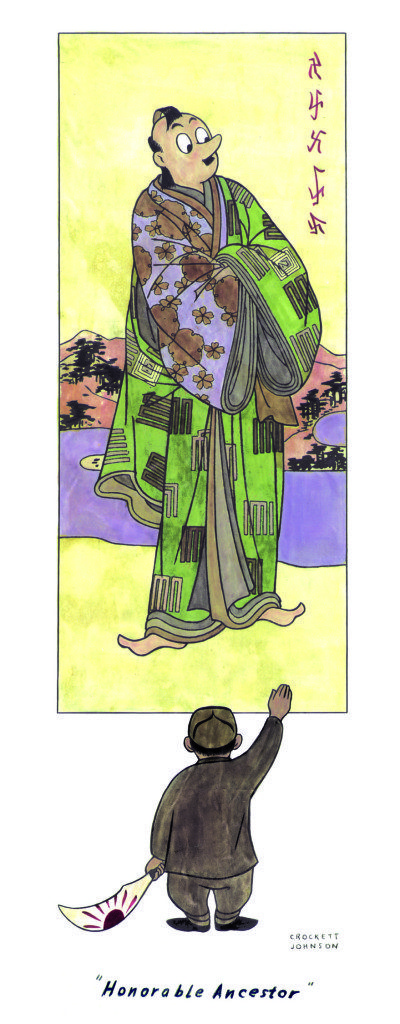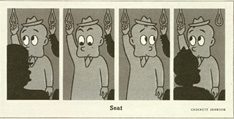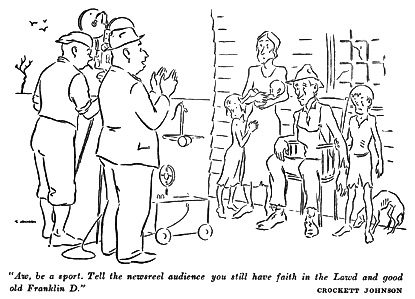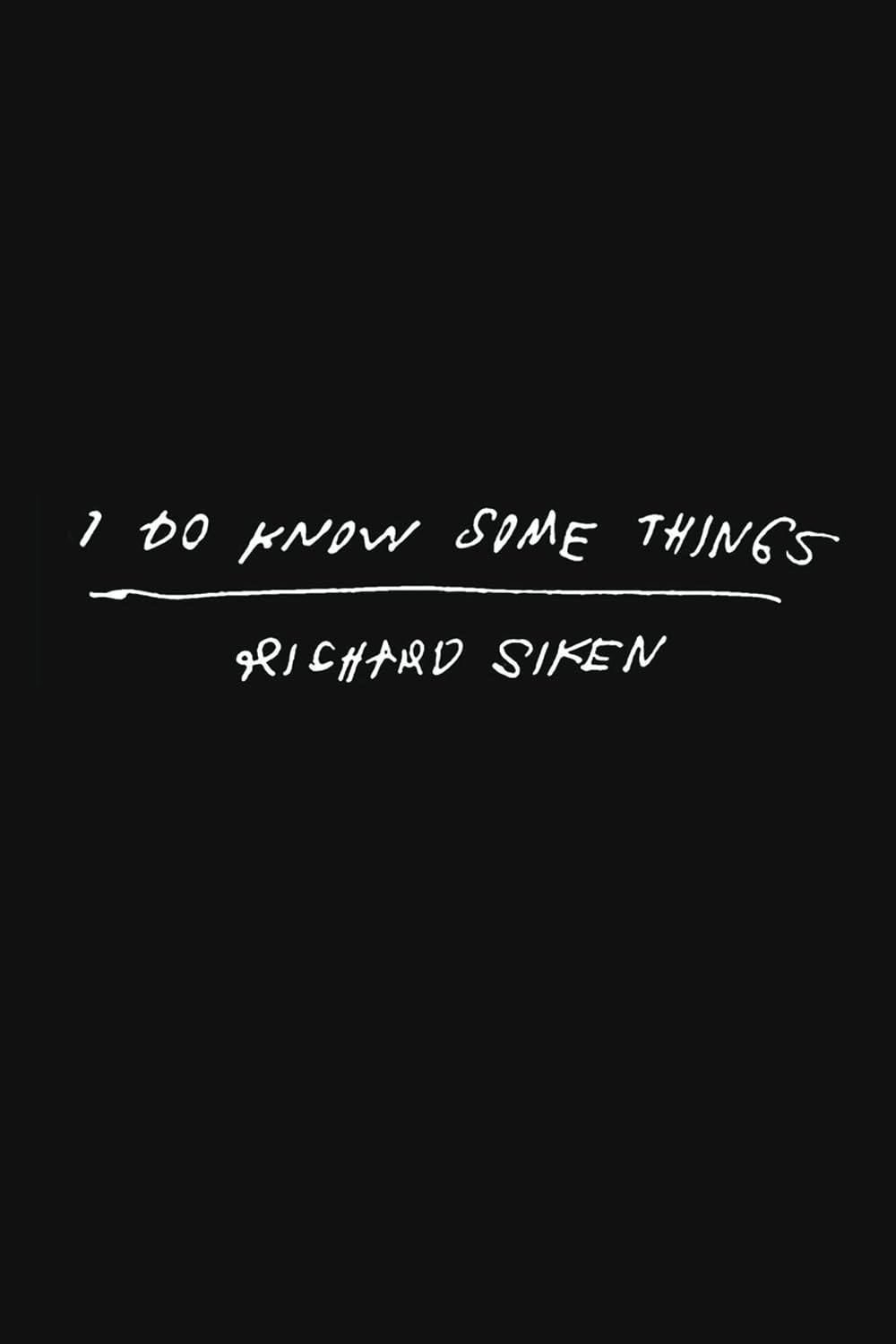The New York Comics & Picture-Story Symposium is a weekly forum for discussing the tradition and future of text/image work. Open to the public, it meets Monday nights from 7 to 9 p.m. EST in New York City. Presentations vary weekly and include everything from historical topics and technical demonstrations to creators presenting their work. Check out upcoming meetings here.
Aaron Beebe is a Brooklyn based artist and museum curator whose drawings and paintings have been shown in galleries in New York, Philadelphia, and Santa Fe. He served as a curator for the Coney Island Museum for over ten years, and has been awarded grants from the Andy Warhol Foundation for the Arts and the Dedalus Foundation. His essays can be found in numerous publications, and his visual artwork can be found in several private collections.
During his years as a curator of the Coney Island Museum, Beebe examined the “metadata” of different exhibitions. “Metadata” includes notes, procedural instructions, curatorial labels and ephemera that accompany a given artifact through its life as a museum piece. Everything from the time-stamp on a rail ticket to a shipping label can become a point of study that tells us about the history of a given object. One example is an exhibit of–supposedly–the bullet that killed Abraham Lincoln. The antique sign that accompanies the displayed bullet hails the triumph of acquiring the bullet with high self-congratulation, but the question of whether the sign is accurate or the bullet authentic is apparently a question for the professionals to decide and not the public. Another Coney Island Museum show celebrated one of the common forms of communication of our time, the postcard, which, curiously, only became legal in the United States in the late 19th century.
Recently Beebe spent a Residency in Bombay, where he discovered the Imperial maps of India. The occupying British authority had its own ideas of what was important enough to include on a map, and Approaching those maps, Beebe was much less interested in the politics and ‘accuracy’ of British imperial cartography than in the possibility of using these maps as a clue to other, subjective experiences. This journey inspired Beebe to follow a particular direction with his own artwork.
Beebe’s wall pieces–made out of gesso, wood and other traditional materials–are decidedly not digital. They are hand-crafted objects in the age of Google. Beebe uses many of the conventions of museological display and archival practice to develop a picture-story matrix. Beebe’s carefully made frames and surfaces (and the windows and vitrines embedded into his paintings) that tell stories in an indirect and evasive fashion to evoke rather than explain. Like the graphic novels that often inspire him, Beebe also employs typographic and cartographic elements, including the framing and binding techniques used to make artists’ books. Indeed, Aaron Beebe doesn’t describe himself as a cartoonist, but both his professional work and his own multimedia art tell complex stories through hand-crafted images, celebrating curiosity more than embracing certainty.
Photo captions for Aaron Beebe:
1) “Sigrid Sarda”, Paint, pencil, photographs, ink, doll arm, and paper on silkscreen, 2012
2) “Dreamland/The Pleasure of the Text”, paint and mixed media on canvas and acrylic, 2011
3) “Coney Island, New York”, pen, ink, pencil, xerox and text on panel, 2010
4) “Trains I and II (Dadar and Mulund),” 2013
Philip Nel on Crockett Johnson’s Barnaby: The Greatest Comic Strip You’ve Never Read
A boy named Barnaby wishes for a fairy godmother. Instead, he gets a fairy godfather named Mr. O’Malley who uses a cigar for a magic wand. The magic of the comic strip Barnaby resides in its canny mix of fantasy and satire, amplified by Crockett Johnson’s clean, spare art and dialogue set in type that allowed Johnson a unique style with highly literate jokes and a keen eye for the ridiculous.
Though one of the classic comic strips, Barnaby was never a popular hit–at its height, it was syndicated in only 52 papers–but it had a discriminating audience. Dorothy Parker compared Barnaby to Huckleberry Finn. Johnson himself observed “If Dick Tracy were dropped from the News, 300,000 readers would say, ‘Oh dear!’ But if Barnaby went from [the newspaper] PM, his 300 readers would write indignant letters.”
Crockett Johnson was born David Johnson Leisk in Manhattan in 1906, and grew up in Corona, Queens, where he discovered a comic strip about frontiersman Davy Crockett. In the 1930s, he took this childhood nickname for the first half of his pen-name, “Crockett Johnson,” but otherwise did not use the name as an adult. (Friends knew him as “Dave Johnson.”)
In 1939, Johnson turned 33, fell in love with Ruth Krauss, and, after working as an art editor for various publications, began to consider a career as a syndicated cartoonist. He started contributing cartoons to New Masses in 1934, becoming its art editor in 1936. Johnson left New Masses and invented a comic strip that would become a minor classic. The untitled strip, popularly known as The Little Man With the Eyes, first appeared in Collier’s Weekly in March 1940. During its nearly 3-year run, it became popular enough to inspire an advertising campaign for Ford.
But The Little Man was largely apolitical, and Johnson was very political. By late 1940, he had the idea of building a daily comic around a precocious 5-year-old boy living in a proper suburban home. He realized that the character he named Barnaby wasn’t enough to sustain the strip, so, as he said, “I fumbled around, just like O’Malley, and O’Malley came in by himself.”
Unfortunately, no syndicate was interested in the strip and, in any case, Johnson had many other demands on his time. After the Japanese attacked Pearl Harbor, Johnson co-founded the American Society of Magazine Cartoonists’ Committee on War Cartoons, whose Artists Against the Axis exhibition, boasting dozens of great contributing cartoonists, toured the country and raised money for the Allied war effort.
After Johnson and Krauss moved to Darien, Connecticut, his friend Charles Martin, art editor of the Popular Front newspaper PM, saw a half-page color Sunday Barnaby strip and asked if he might bring it back to the city. Martin showed the strip to King Features. They didn’t like it. He showed it to PM’s new Comics Editor Hannah Baker, and she loved it. On April 14th, 1942, PM’s readers got their first glimpse of Barnaby in the first of several ads announcing his debut the following week.
Johnson was nocturnal, typically writing Barnaby between 11 p.m. and 5 a.m. He’d spend two nights writing the script, the next two drawing the art. PM’s type shop set Johnson’s dialogue in italicized Futura medium, which he would then paste into each panel. Sometimes Johnson was running so late that a neighbor would bring the work in at 6 a.m., with the glue still drying.
By the fall of 1943, Barnaby was earning Johnson a $5000 annual salary, about $65,000 in today’s dollars. Johnson was planning a Barnaby radio show, and there was even talk of creating a musical comedy based on Barnaby. That summer, he and Ruth Krauss finally married. That same fall, Johnson’s first Barnaby book made its debut, and would go on to sell 40,000 before the end of the year. It got great reviews, and Book-of-the-Month Club publicity director Edwin Seaver even nominated Barnaby for a Pulitzer prize.
While Johnson felt that “There’s nothing worse than the obligation to be funny,” he also considered Barnaby “a pretty good racket.” Sometimes he despaired that he would never again have a day off from Barnaby but at the age of 37, Crockett Johnson had fans, Life and Newsweek both ran features on Barnaby, and his work was exhibited in an art gallery. However, adulation both pleased him and bemused him. He never enjoyed being the center of attention, and it only seemed to bring more work, which used time he might otherwise have spent sleeping, reading, or sailing. Success, for Johnson, was a mixed blessing.
Philip Nel is University Distinguished Professor of English and Director of Kansas State University’s Program in Children’s Literature. His most recent books are: Crockett Johnson’s Barnaby Volume One: 1942-1943 (co-edited with Eric Reynolds, 2013), Crockett Johnson and Ruth Krauss: How an Unlikely Couple Found Love, Dodged the FBI, and Transformed Children’s Literature (2012), and Keywords for Children’s Literature (co-edited with Lissa Paul, 2011). He also blogs at Nine Kinds of Pie <www.philnel.com> and tweets as @philnel.
Mark Lerer holds a bachelor’s degree from Princeton University and an M.F.A. from the New York Academy of Art. His cartoon drawings have been published in The New York Post, and are regularly featured on Facebook.
Photo captions for Phil Nel:
1) Barnaby, Henry Holt and Company, New York, NY, 1943. Also published by Blue Ribbon Books, Garden City, NY, 1943. Reprinted by Pocket Books, 1946, and by Dover Books, 1967.
2) Barnaby and Mr. O’Malley, Henry Holt and Company, New York, NY, 1944. Reprinted by Dover Books, 1975.
3) “Honorable Ancestor” from Artists Against the Axis, The American Society of Magazine Cartoonists’ Committee on War Cartoons exhibition
4) “The Little Man with the Eyes,” Collier’s, 18 July 1942
5) From The New Masses, 28 Aug. 1934, reprinted in Robert Forsythe, Redder Than the Rose, 1935. The caption reads, “Aw, be a sport. Tell the newsreel audience you still have faith in the Lawd and good old Franklin D.”
